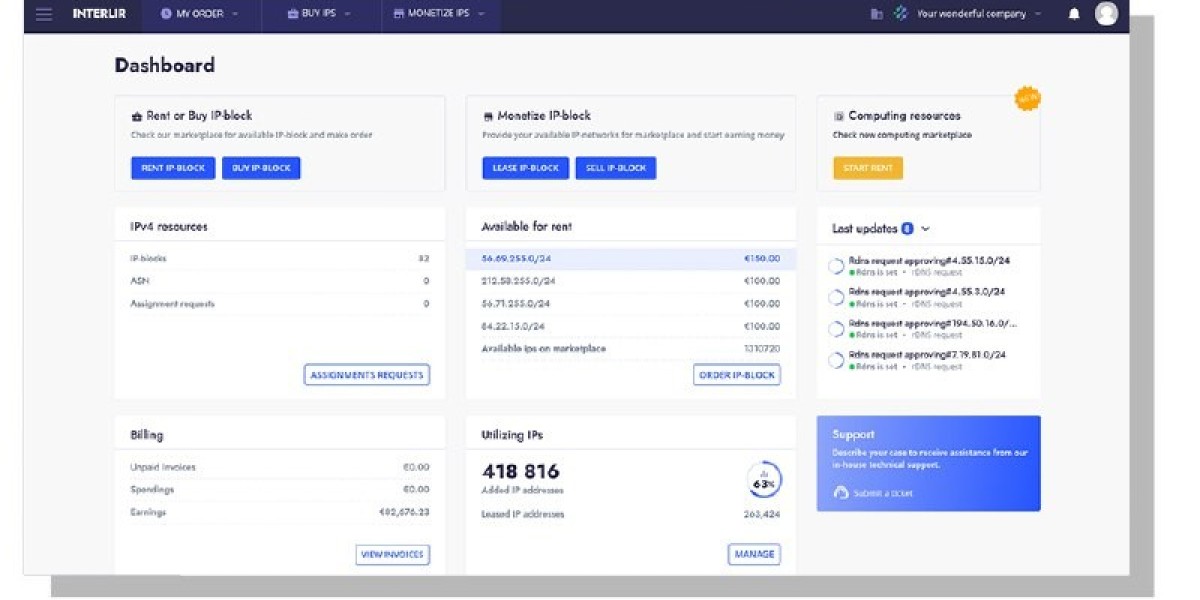Electrical systems can be one of the most dangerous hazards in the workplace. Whether you work in construction, manufacturing, or maintenance, uncontrolled energy can cause life-changing injuries or even death. That’s why electrical lockout procedures are critical for keeping everyone safe. But these procedures are only as strong as the people who carry them out. Involving workers directly in electrical lockout processes isn’t just helpful — it is essential.
In fact, workplace safety courses like NEBOSH teach that involving workers is one of the most effective ways to keep risks under control. While many people worry about the NEBOSH Fee, they should know that this training gives you the tools to protect yourself and your team for years to come. Investing in safety knowledge pays off far beyond the initial price.
Let’s break down why worker involvement is so crucial in electrical lockout procedures, and how you can build a safer, more confident team.
Why Worker Involvement Matters in Electrical Lockout
Imagine you are working on a big, loud factory floor. There’s a complex machine that needs repairs. If one person switches off the power but someone else doesn’t know it’s locked out, a simple misunderstanding could turn deadly.
When workers are deeply involved in the lockout process, they become active partners in safety. They understand why locks are applied, how to check them, and how to coordinate with others. That knowledge makes them more alert and less likely to take dangerous shortcuts.
For example, in one factory I worked with, a technician told me he once skipped a lockout step because he “didn’t think it mattered.” Only after training and being included in lockout planning did he realize how lucky he’d been not to get hurt.
When people are part of the lockout program, they don’t just follow rules blindly — they own them.
What is Electrical Lockout?
Electrical lockout is a safety process where equipment is physically locked so that energy cannot flow to it while maintenance or repairs are happening. It usually involves devices like padlocks and tags, which clearly show who is working on the equipment and what condition it’s in.
Without proper lockout, workers risk getting electrocuted, burned, or crushed by moving machinery. Electrical energy is silent but deadly, and it can strike faster than you can react.
That’s why clear, shared lockout procedures — with workers fully engaged — are so important.
Step-By-Step Guide to Building Worker Involvement
Here is a simple roadmap to make sure workers stay involved in electrical lockout:
1. Educate Everyone
Start by giving people the knowledge they need. Hold safety briefings, toolbox talks, or hands-on demonstrations. Don’t just talk about what to do — explain why. When people understand how serious electrical hazards are, they will respect lockout steps more.
2. Encourage Questions
Let workers ask questions, even if they seem basic. One small misunderstanding can lead to huge mistakes around electricity. Open conversation is the key to building trust and confidence.
3. Assign Clear Roles
Every person should know their part in lockout. Who applies the locks? Who verifies them? Who keeps the keys? When everyone is clear about their role, they’re less likely to skip steps.
4. Involve Workers in Writing Procedures
Don’t just hand down rules from the top. Ask workers to help write or review lockout procedures. They know the equipment better than anyone. When they help write the rules, they will follow them more reliably.
5. Practice and Refresh
Hold drills or refresher trainings. This helps keep skills sharp and builds confidence in the lockout process. Even experienced workers can forget details if they don’t practice.
The Human Side of Lockout
Sometimes safety procedures feel dry and technical, but behind every rule is a real human life.
Take the case of a young apprentice in a steel plant who was nearly killed when a co-worker restarted a conveyor. The lockout tag had fallen off, and no one noticed. After this near-miss, the team changed their lockout system so every worker attached a personal lock and verified it. This meant no machine could restart until every lock was removed by its owner. That apprentice’s story made a powerful impact on the team, reminding them that safety isn’t optional.
Stories like these show why involving workers is more than a rule — it’s a way to protect people’s lives.
How to Overcome Barriers to Worker Involvement
Even with the best intentions, getting everyone involved in lockout can be tough. Here’s how to deal with some common challenges:
Lack of interest
Some workers may think lockout is “too much hassle.” Counter this by sharing real-life accident stories and showing how small mistakes can have huge consequences.
Time pressure
When there’s a rush to get production going again, people might cut corners. Supervisors need to set the tone: no shortcuts, ever, when it comes to energy isolation.
Confusing procedures
If lockout instructions are long and complicated, workers might ignore them. Work together to simplify and clarify each step so it is easy to follow.
Benefits of Worker Involvement in Electrical Lockout
Here are some of the clear benefits of active worker involvement:
Improved safety culture: When workers feel included, they watch out for each other.
Fewer accidents: More involvement means fewer mistakes and oversights.
Better morale: People feel respected and valued when their opinions count.
Faster problem-solving: Workers on the front line often spot issues that managers miss.
When employees feel trusted, they take responsibility for safety rather than relying on someone else.
Building Confidence in Lockout Procedures
Some workers may feel nervous about taking charge of a lockout. That’s understandable — after all, working with electricity is scary. But with the right training, mentoring, and practice, they will gain the skills and confidence they need.
Supervisors should celebrate small successes. If a worker spots a missing lock and corrects it, praise them! Positive reinforcement goes a long way toward building strong safety habits.
Legal Requirements and Industry Standards
Many countries have strict rules about energy isolation. Standards like OSHA’s Control of Hazardous Energy (Lockout/Tagout) or similar laws in other places set the minimum requirements for lockout.
Following these standards is non-negotiable. Beyond regulations, though, involving workers helps exceed the minimum requirements and makes sure safety is genuinely effective.
Using Training to Support Worker Involvement
This is where safety training programs come in. For example, the NEBOSH course is widely respected because it gives people the skills to manage and improve safety systems, including lockout. While some people hesitate because of the NEBOSH Fee, remember that injuries cost far more than any training investment.
Read more about NEBOSH Fees if you want to see how they can help you build a safer workplace.
Tools to Make Lockout More Effective
Today, lockout devices and technology have improved a lot. You can get durable lockout tags, keyed padlocks, group lock boxes, and even digital lockout systems. But remember, no tool replaces worker involvement.
Even the most high-tech lock will fail if someone doesn’t use it properly. People are the true key to safety.
Read more about NEBOSH Fees if you want to make an informed choice for your workplace safety journey.
Final Thoughts: Putting People First
Electrical lockout is a vital safety practice, but it cannot succeed if workers are left out of the process. The hazards of uncontrolled electricity are simply too great to risk.
By educating, involving, and empowering your team, you create a workplace where everyone is invested in each other’s safety. That’s how you build a truly strong lockout culture.
If you’re considering improving your team’s safety knowledge, courses like NEBOSH Managing Safely are worth exploring. Yes, they cost money, but they give you and your team the confidence to protect what matters most: your lives.
When you invest in worker involvement, you invest in people. And there’s no better investment than that.








